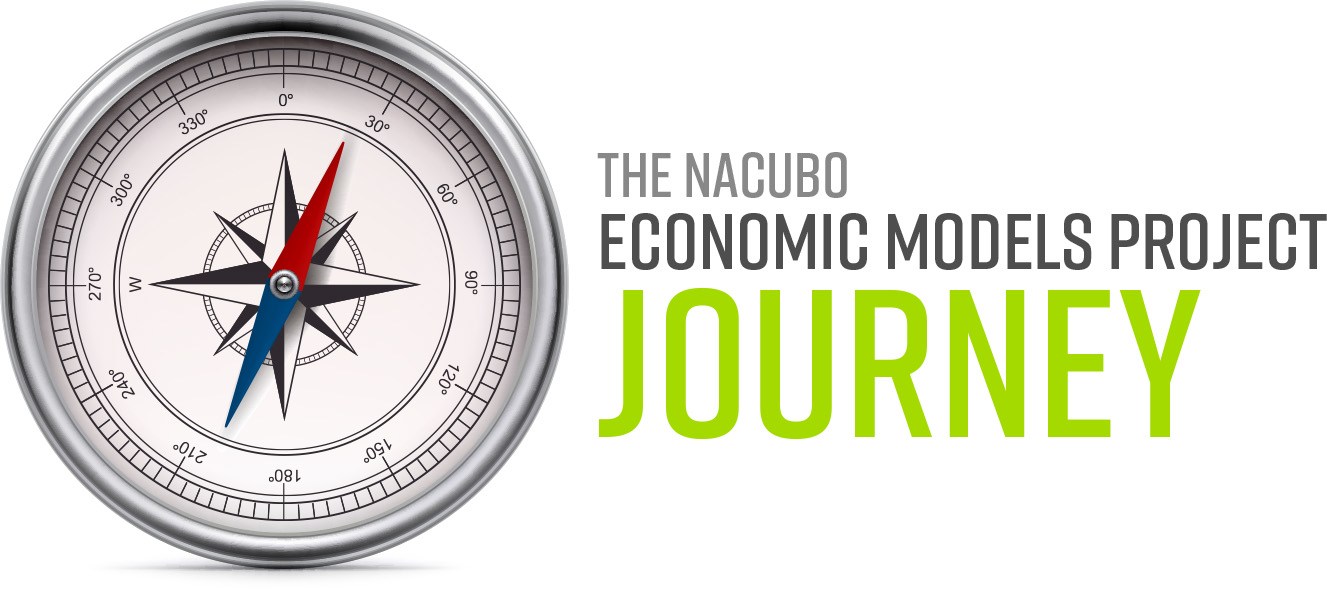Is your institution’s economic model sustainable?
To continue their critical work to expand and enhance student opportunity and success, colleges and universities require sound economic models, but the journey toward toward a more secure financial foundation is not an easy one. Taking the initiative to examine long-standing economic models requires strong leadership. NACUBO is pleased to present this website for use by college and university business officers, presidents, provosts, governing boards, and other stakeholders engaging in the difficult work of structural and cultural change within higher education. This website is designed to encourage higher education communities to strategically assess where they are, where they want or need to go, and how to begin to get there. Let’s get started.
What is a sustainable economic model?
The economic model of a college or university and its financial sustainability is the result of decisions made about its mission, structure, strengths, and resources. It is the product of all the activities and functions, inputs and outputs of the organization.

What will higher education look like in 25 years?
One thing is certain: For the large majority of NACUBO members, higher education will look significantly different than it does today. There are myriad questions that will challenge boards, college presidents, provosts and chief business officers for the foreseeable future. For example:
- Can tuition's sticker price continue to rise at the rate it has for the past two generations?Read
- Will states continue to fund higher education to support teaching, research and service?Read
- Will students, parents and policymakers continue to question the value of investment in higher education?Read
- Will philanthropy play an increasing or diminishing role in the funding of our colleges and universities?
- Will demographics or other external changes cause colleges and universities to thrive or wither?Read
- Are colleges and universities prepared to adapt quickly to the continually changing environment and expectations?


